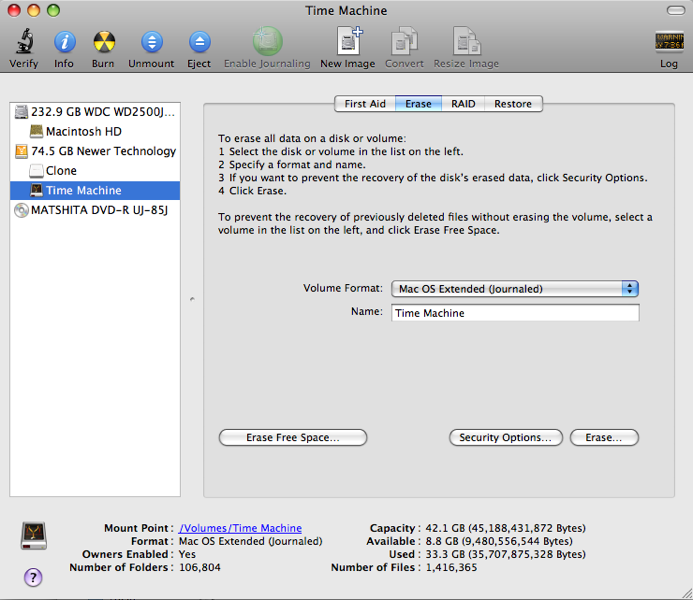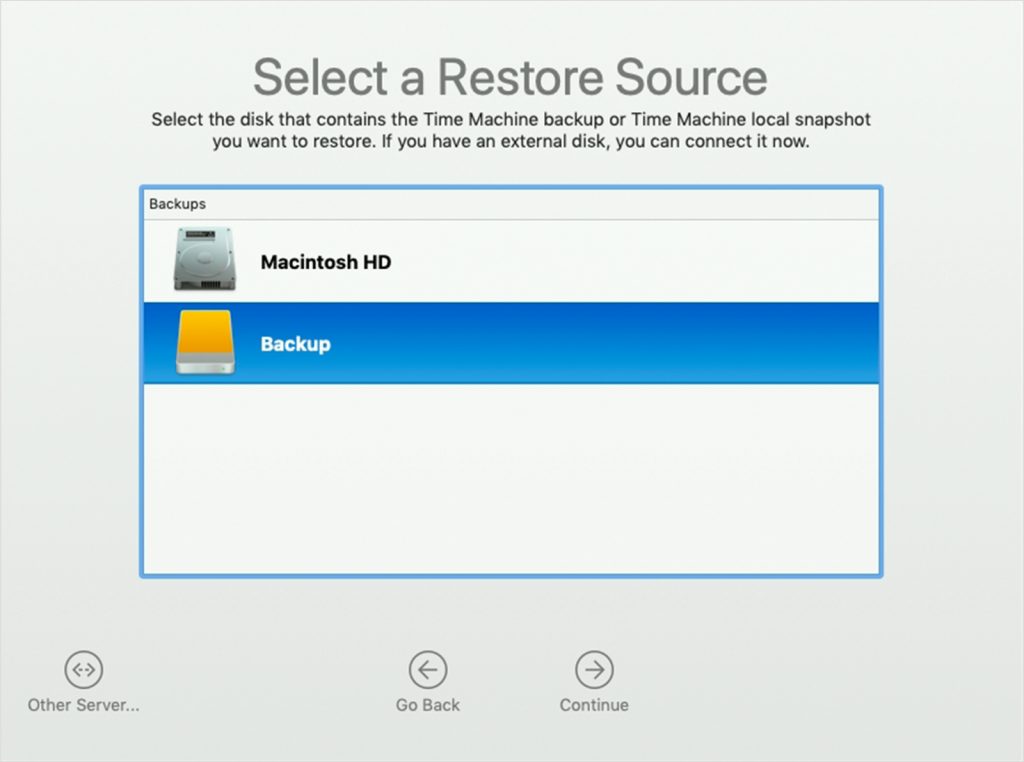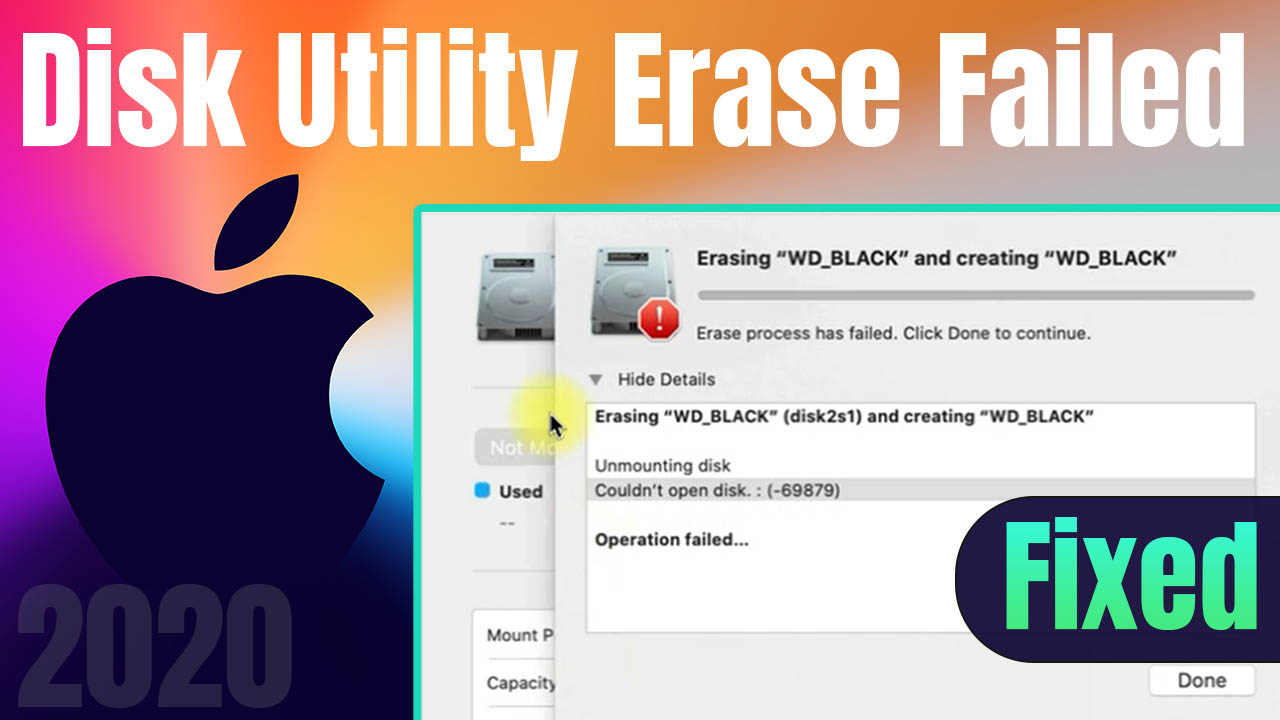

Creating a multi-boot setup, with different operating systems on the same computer.Separating macOS and application files from user files, which means that clones of the operating system and apps can be made separate of the documents created by the Mac.So why would you want to divide a drive into two or more partitions? Partitioning is usually done before installation of an operating system in most cases, Apple and other computer manufacturers tend to leave the drive as one big partition. Partitioning a drive essentially breaks it up into distinct, named regions so that an operating system like macOS can manage information in each of those regions separately. In this article, we’ll take a look at how to partition and erase drives using macOS Sierra’s updated Disk Utility. While we got into the details of how to verify or repair disks using Disk Utility, we didn’t cover the new partitioning tool. Has no storage limit.At the end of September, the Rocket Yard gave you the scoop on the new version of Disk Utility that is now in macOS Sierra. ExFAT (Recommended): Works on both Windows and Mac computers.MS-DOS (FAT): Works on both Windows and Mac computers, but has file size limit of 4 gigabytes.Mac OS Extended (Case-sensitive, Journaled, Encrypted): A combination of the three above formatting options for the Mac format.Mac OS Extended (Case-sensitive, Journaled): Version of the default Mac format that treats files with the same name differently if there are case differences (e.g., "file.txt" and "File.txt").Mac OS Extended (Journaled, Encrypted): Encrypted version of the default Mac format that requires a password to use.Mac OS Extended (Journaled): The default Mac format for MacOS 10.12 and earlier.


Apple File System (APFS), macOS 10.13 and later:.Here are the options you can choose from: X Research source Click the drop-down box next to "Format." This will allow you to select a drive format for the SD card.


 0 kommentar(er)
0 kommentar(er)
